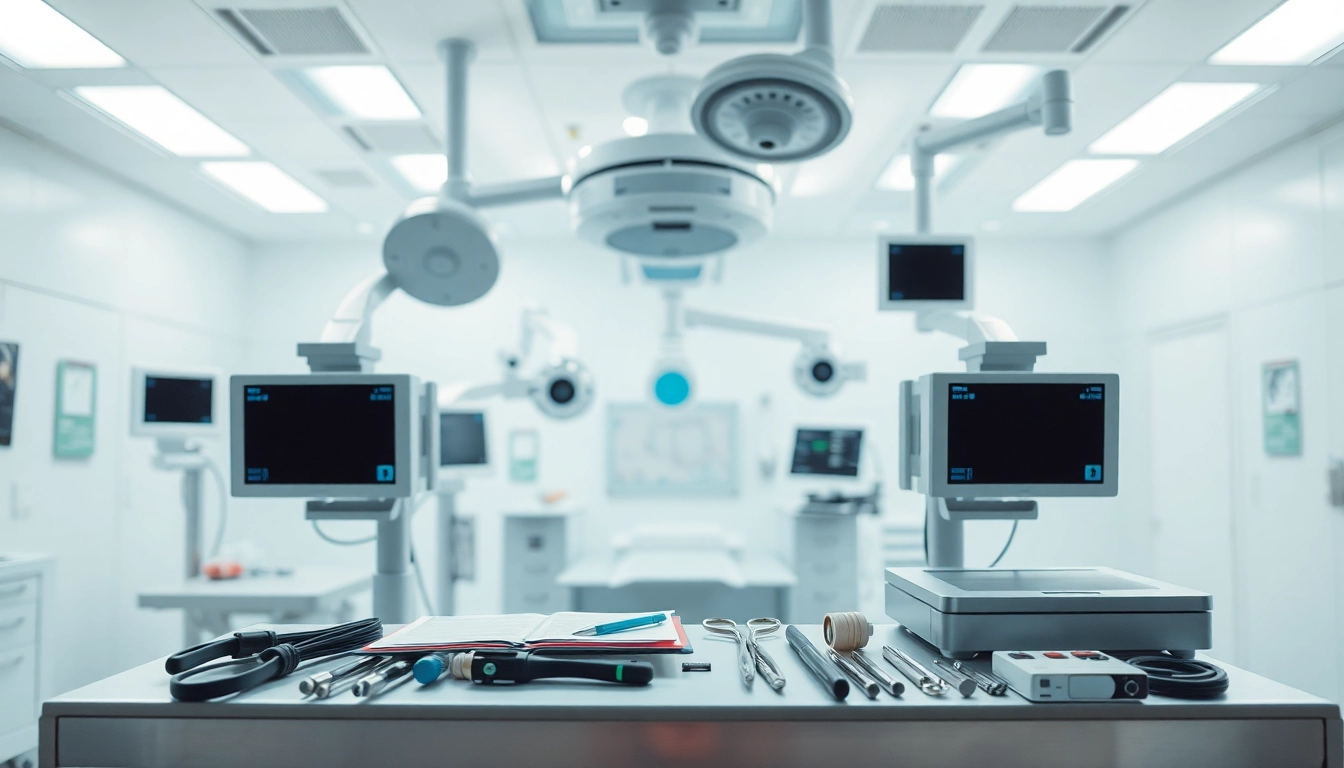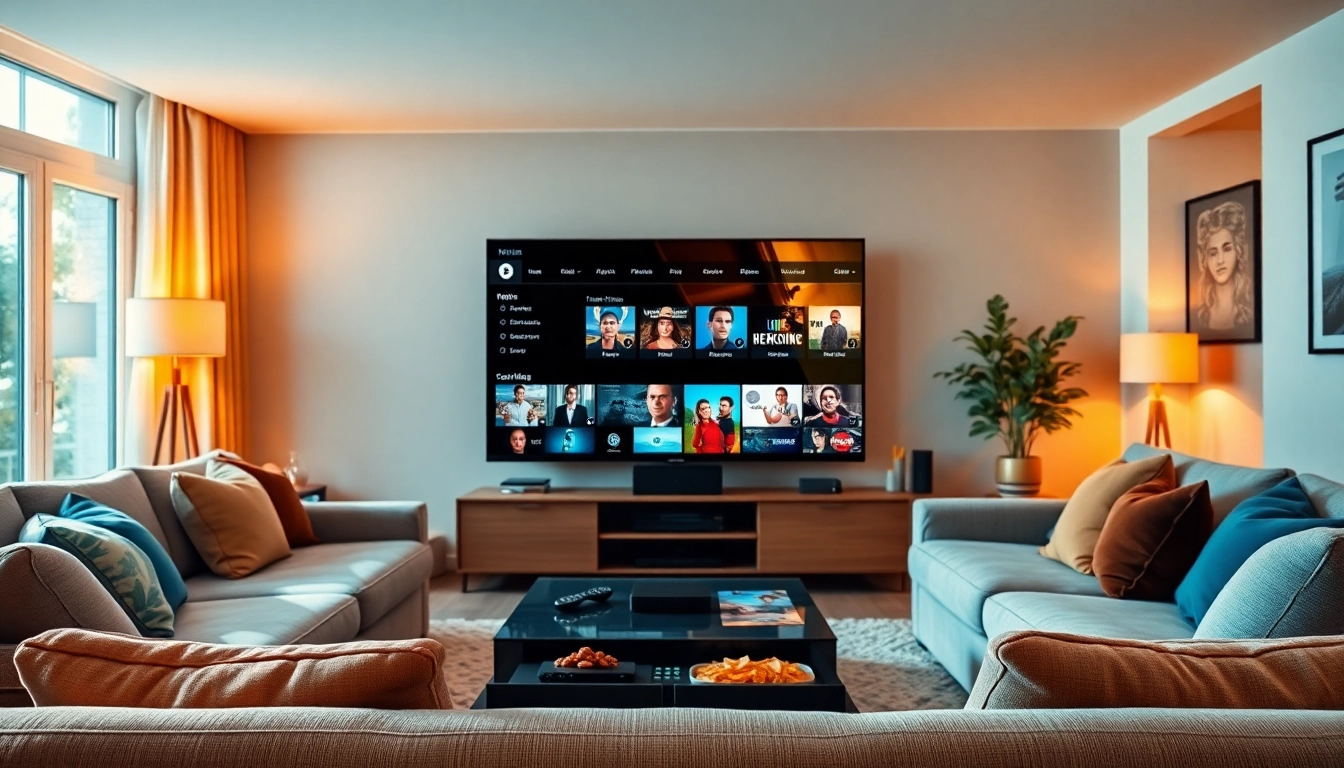Understanding Medical Parker Offerings
Overview of Medical Parker Solutions
The landscape of healthcare is continually evolving, fostering a need for innovative solutions that enhance patient outcomes and operational efficiencies. Among these solutions, medical parker has emerged as a critical player in providing advanced medical technologies tailored to meet the unique challenges faced by healthcare providers. Medical parker offers a range of products, including support systems for various medical applications, ensuring that healthcare providers can deliver optimal care with precision and reliability. For more in-depth information about medical parker, understanding the technology and equipment it encompasses is crucial.
Key Features and Benefits of Medical Parker
Medical parker is characterized by its multifunctional capabilities that address diverse medical needs. One of its notable features includes integration with existing healthcare systems, allowing for seamless communication and data exchange. This interoperability enhances workflows and reduces the risk of errors associated with manual data entry. Additionally, medical parker devices often employ innovative design elements that promote ease of use for healthcare professionals while ensuring patient comfort. The benefits extend beyond operational efficiency; the reliability of medical parker technology can significantly improve the accuracy of diagnoses and treatments, which are paramount in emergency and routine healthcare settings.
How Medical Parker Enhances Patient Care
At the core of medical parker’s offerings is a commitment to enhancing patient care. The technology employed is not just advanced for the sake of innovation but is focused on real-world clinical applications. For instance, the integration of monitoring systems and imaging technologies during surgeries allows healthcare providers to make informed decisions in real-time, potentially saving lives. Furthermore, devices designed for post-operative care minimize patient discomfort and streamline recovery processes, leading to improved outcomes and higher patient satisfaction rates.
Medical Parker Applications in Healthcare
Integrating Medical Parker in Hospital Settings
The deployment of medical parker technology in hospital settings has revolutionized how care is accessed and administered. Hospitals using medical parker systems experience enhanced coordination among various departments, reducing patient wait times and improving the overall engagement. For instance, integrating medical parker’s imaging technologies with electronic health records enables clinicians to instantly access diagnostic images while evaluating patient history, aligning treatment regimens more closely with specific patient needs.
Case Studies Showcasing Medical Parker in Action
Numerous case studies illustrate the successful implementation of medical parker in enhancing healthcare delivery. One notable example is the use of patient handling equipment that facilitates safe and efficient movement of patients, which is pivotal in reducing workplace injuries among healthcare workers. Another instance involves the deployment of diagnostic imaging systems, which have shown a marked improvement in detection rates for conditions such as cancer, showcasing the direct impact of such technology on patient survival and treatment success.
Future Applications of Medical Parker in Medicine
The potential applications for medical parker technology are vast and extend far beyond current use cases. Future innovations may encompass telehealth solutions that leverage medical parker equipment, thereby enabling remote patient monitoring and consultations. Furthermore, advancements in artificial intelligence integrated with medical parker systems can lead to predictive analytics, helping healthcare practitioners anticipate patient needs and intervene proactively. As the landscape of medical technology continues to evolve, medical parker stands at the forefront of this transformation.
Choosing the Right Medical Parker Equipment
Factors to Consider When Selecting Medical Parker
When selecting medical parker equipment, several factors warrant careful consideration. The first is the specific clinical environment; understanding the demands and workflows of the intended facility will guide the choice of equipment. Additionally, the compatibility of medical parker systems with existing hospital infrastructure is crucial; seamless integration minimizes disruption and enhances overall efficiency. Lastly, the potential for future upgrades should also be evaluated to ensure the selected equipment can adapt as medical technology advances.
Technical Specifications of Medical Parker Devices
Each medical parker device comes with technical specifications that highlight its capabilities and limitations. Key specifications include operational efficiency, input/output interfaces, and device dimensions, which are all critical for determining suitability for specific applications. For example, the imaging speed of diagnostic devices and the accuracy of robotic systems can significantly impact patient throughput and care quality. Ultimately, thorough understanding of these specifications will lead to better-informed purchasing decisions.
Investment and Cost Considerations for Medical Parker
Cost remains a pivotal consideration in the adoption of medical parker systems. Although high-quality medical technology often commands a higher upfront investment, understanding the long-term return on investment is crucial. These advantages often manifest in improved patient outcomes, reduced complications, and lower overall healthcare costs. It is advisable for healthcare providers to conduct a comprehensive cost-benefit analysis and consider total cost of ownership, including maintenance and potential training requirements for staff.
Compliance and Safety with Medical Parker
Medical Parker and Regulatory Standards
Compliance with regulatory standards is an essential aspect of obtaining and using medical parker equipment. The medical technology sector is heavily regulated, with strict guidelines governing safety and efficacy. Medical parker manufacturers typically work to ensure their products meet or exceed these regulations, which not only helps institutions avoid legal issues but also fosters trust among patients. Familiarity with applicable regulations, such as those from the FDA or ISO, provides healthcare providers with the knowledge needed to properly utilize such technology.
Ensuring Patient Safety with Medical Parker Equipment
Patient safety is imperative in healthcare, and the incorporation of medical parker technologies plays a critical role in enhancing safety measures. Equipment that facilitates remote monitoring, for instance, can swiftly alert healthcare professionals to any abnormal readings. Additionally, medical parker devices sometimes come equipped with safety features such as automated alerts or self-check systems, further minimizing risks associated with human oversight. Engaging in ongoing training and education for staff in the usage of medical parker systems can also ensure optimal implementation and patient safety.
Common Compliance Challenges in Medical Parker
Despite the benefits of medical parker, various compliance challenges arise. These include maintaining up-to-date training for hospital staff on new technologies and ensuring consistent adherence to operational protocols. To mitigate these challenges, healthcare institutions can establish dedicated compliance teams and conduct regular audits to monitor adherence levels. This proactive approach not only strengthens compliance but also fosters a culture of safety and accountability within the healthcare environment.
Future Trends in Medical Parker Technology
Innovative Developments in Medical Parker Systems
The future of medical parker technology is rich with potential, centered around continuous innovation. One significant trend is the growing integration of smart technologies within medical devices. These advancements not only enhance functionality but also improve patient engagement through customizable settings that cater to individual needs. As medical technology continues to advance, medical parker will likely lead the way in innovative systems designed to promote robust patient care.
The Role of AI in Advancing Medical Parker
Artificial intelligence (AI) is poised to play a transformative role in the evolution of medical parker systems. AI algorithms can analyze vast datasets to identify trends that inform decision-making in clinical settings. For instance, predictive analytics can help project patient needs and suggest preemptive actions, ultimately enhancing patient care. As AI technology advances, the potential for more adaptive and responsive medical parker systems will enhance how care is delivered across various healthcare environments.
Predictions for the Future of Medical Parker in Healthcare
As we look toward the future, we can predict a paradigm shift in how medical technologies, like medical parker, will be utilized in healthcare. The focus will be on personalizing patient care through data-driven insights and advances in diagnostic capabilities. Moreover, the integration of medical parker solutions within telehealth frameworks will foster broader access to care, aligning with trends toward remote medical services. Embracing these transformations will not only enhance patient outcomes but also reshape the entire healthcare delivery model.















Leave a Reply